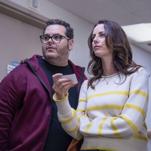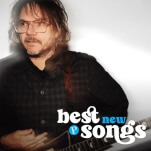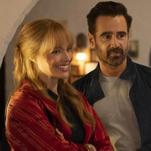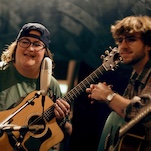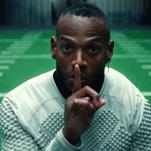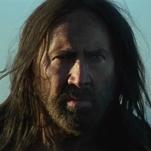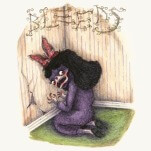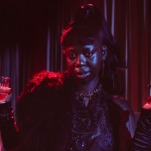The Rover
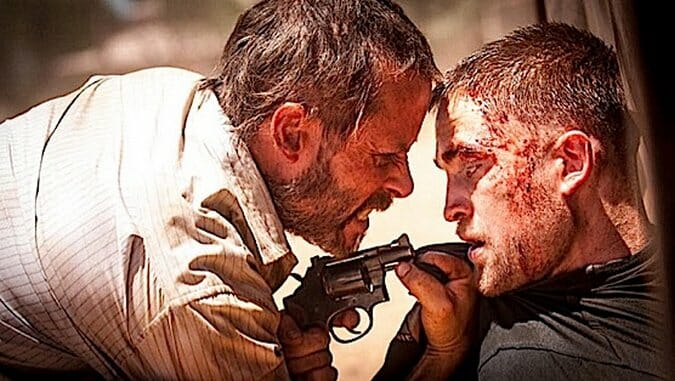
Movies and TV are so overrun with post-apocalyptic visions and dystopian society sagas that audiences should be forgiven for approaching any new attempt with at least some degree of cynicism. You know the set-up: Sometime in the near future the world as we know it has collapsed. The economy crumbled, climate change upset the environmental balance, there may or may not be an outbreak of zombies.
But Australian filmmaker David Michod’s The Rover proves there’s still fertile territory to mine from a suddenly overworked subgenre. His film is as bleak and unsparing as the world’s end premise demands. It’s also utterly transfixing from start to finish and elevated by the unexpectedly superb pairing of stars Guy Pearce and Robert Pattinson.
Michod has a tough act to follow here: his own acclaimed debut film, Animal Kingdom. That Australian crime family saga earned an Oscar nomination for Jacki Weaver and featured Pearce in a supporting role. This time, Pearce is the lead, and the reunion with Michod results in one of the often underrated actor’s very best roles and an affirmation of talent for an exciting new filmmaker.
Pearce’s Eric is a quiet drifter in a vast desert wasteland —introspective almost to the point of invisibility. That unassuming demeanor masks a brutally efficient killing machine who fully subscribes to the “kill or be killed” philosophy that guides so many apocalyptic sci-fi heroes. There are no answers forthcoming as to what exactly happened to society as we know it, but we’re granted more information about how Eric reached his present state as the film progresses. We also meet Rey (Pattinson), a twitchy, chatty, and rather dim-witted younger man who crosses paths with Eric. The two team up to track down Rey’s scumbag brother, Henry (Scoot McNairy), who stole Eric’s sole prized possession—his car—and left Rey for dead after a skirmish with some other thugs.
The Rover is a quiet film, full of mystery and dread, and takes its cues from the haunted leading man. It’s a relentless experience: from the unforgivingly oppressive environment and stifling heat of the blazing hot sun (the film was shot during the height of Australia’s summer in the remote Flanders Ranges) to the ever-present buzzing of flies and rot palpable in every location, audiences will feel as trapped as the characters in this hostile, volatile setting. It’s a truly gnarly movie, simultaneously pulling you in and pushing you away, but you can’t take your eyes off it.
-

-

-

-

-

-

-

-

-

-

-

-

-

-

-

-

-

-

-

-

-

-

-

-

-

-

-

-

-

-

-

-

-

-

-

-

-

-

-

-

